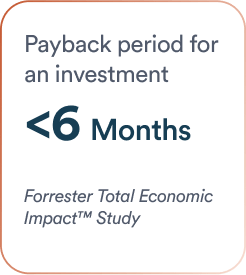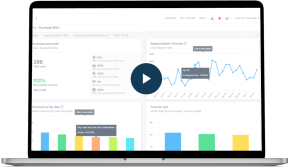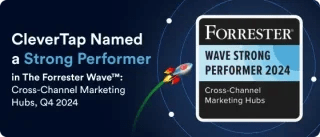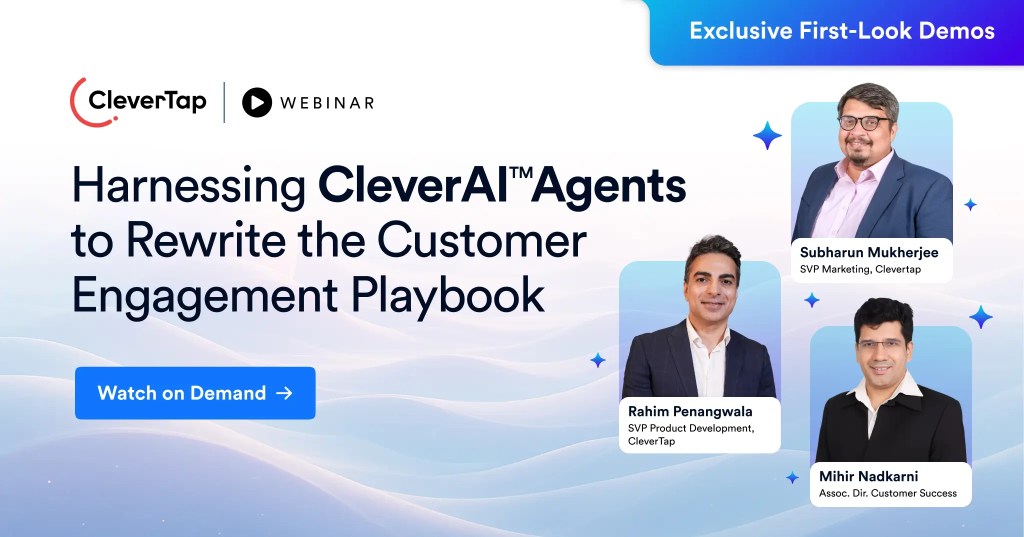In the evolving landscape of email marketing, privacy is no longer a checkbox; it’s the cornerstone of trust. Today’s consumers are more protective of their data than ever. Brands that respect this reality, collecting only what they need, asking before using it, and staying transparent, earn the right to the inbox. Keep that promise, and nearly every tactical choice below becomes easier.
Foundations of Sender Reputation and the Role of Data Privacy
A high-performing email program rests on three pillars: infrastructure, authentication, and recipient data. The first two are table stakes: run servers/IPs sized to your volume, sign every message with aligned SPF, DKIM, and DMARC, and monitor feedback loops.
But in 2025, the third pillar, how you source and handle data, decides inbox vs. spam. Permission outweighs content: the slickest email is junk if nobody asked for it. Double (confirmed) opt-in remains the gold standard. It delivers proof of consent, filters bots, and satisfies GDPR, CCPA, and their many clones.
The Cost of Dormant Data and Inconsistent Sending
Dormant addresses are quiet until the day they bite you. Marketers often hoard addresses, then unleash a holiday megablast on people they haven’t spoken to since last year. Result: bounces spike, complaint rates breach Gmail/Yahoo’s 0.3 % threshold, and reputation nosedives. Inbox providers expect steady cadence and predictable engagement. Vanish for six months, triple your volume, and you look just like a spammer.
Strategies for Sustaining Engagement and Deliverability
- Keep the motor idling. Even “inactive” segments deserve a quarterly touch – newsletter, product update, or preference reminder, to keep your domain warm.
- Segment by recent action. When prepping a big promo, start with 30-day openers, then 90-day clickers, and only then the lurkers.
- Stagger your drops. Everyone schedules for 9 AM sharp. Slip 15 minutes, or split into hourly batches, and glide past congestion filters.
- Watch the whitespaces. Cap total touches per user per week across all journeys.
Mistakes to Avoid: Quick Fixes That Backfire
- Domain hopping: Spinning up a fresh domain after reputation trouble screams evasive behaviour. New domains start in the kiddie pool; deliverability suffers.
- Mixed traffic: Sending transactional (password resets) and promotional emails on the same IP invites collateral damage. Keep them separate.
- Sudden scale jumps: Doubling daily volume without warming triggers throttling. Plan at least two weeks ahead.
When Big Lists Don’t Deliver: The Hidden Pitfalls of Consent and Acquisition
A bloated list with anaemic engagement is a liability. The culprit is usually murky consent: bought leads, sweepstakes sign-ups, or addresses gathered by Brand A and reused by Brand B post-acquisition. Permission is not transferable.
Fix it by:
- Setting crystal-clear expectations at sign-up: what, how often, and from which domain.
- Running a heads-up when brands merge or rename.
- Offering frequency tiers so high-intent buyers stay hot while window-shoppers cool down.
When warming, send the first 5k messages to your “reputation drivers”, that is, recent clickers. ISPs sample early traffic heavily; good engagement there buys you volume later.
Spam Traps and Purchased Lists: The Hidden Risk
Purchased lists promise reach, but most come booby-trapped.
Buying a list might offer quick reach, but the cost is steep:
- A tarnished reputation
- Spam trap hits
- Poor deliverability
- And a long road to recovery
Hit a few pristine traps and you’re staring at a Spamhaus listing that can take weeks to clear.
“The Spamhaus policy is clear – purchased lists are not allowed. Period.”
The reason? Spam has evolved. These days, spammers aren’t just sending shady links, but they’re becoming sophisticated. Which means, to stand out and be treated as a legitimate sender, your program needs to be better than a spammer, not just different.
“Spam traps are like digital tripwires – once triggered, they send a clear signal to block or blacklist your domain.”
Traps fall into three buckets:
1. Recycled Spam Traps
Once-legit addresses that bounced for a year, then resurrected as traps. Drop persistent bounces and sunset 12-month inactives to avoid them.
“If you’re using very old lists, that’s a spam trap risk waiting to happen.”
2. Typo Traps
Misspellings like gmaill.com. Real-time validation or double opt-in cures 99 % of these.
3. Pristine Spam Traps
Addresses never owned by a human. One hit tanks a new domain.
“If you hit a pristine trap, it’s game over – that signals you’re not a permission-based sender.”
Can Spam Traps Be Detected or Removed?
Validation APIs spot syntax errors, disposables, even some recycled traps, but nobody finds every pristine trap – they’re proprietary to Gmail, Yahoo or Spamhaus and aren’t publicly known.
“No tool can claim to clean all spam traps. They’re designed to be invisible.”
Once black-listed, you must remediate and wait. Prevention beats paperwork.
That’s why the best defence is a good offence:
- Avoid purchased or appended lists
- Validate emails at the point of collection
- Implement list hygiene and sunset policies
- Respect user permissions at all times
The Case for Confirmed (Double) Opt-In
Yes, a second click trims raw sign-ups, but you gain higher lifetime value, cleaner data, and near-zero traps. For lifecycle emails touching money or PII, that extra confirmation closes a security hole you didn’t know you had.
The Risk of Overlooking Permission – Especially in Finance Sectors
Financial institutions routinely email statements and OTPs without verifying address ownership. A mistyped address becomes an accidental breach. Confirmed opt-in feels slow next to real-time onboarding, but sending sensitive info to the wrong inbox is much slower; think class-action slow.
Why Negative Signals Matter More Than You Think
Senders obsess over opens; ISPs weight negative signals harder: spam reports, deletes-without-reads, “not my mail” nudges. Complaint rate is calculated on inbox landings, not total sent, so a small wave that skips the inbox can inflate the metric alarmingly. Watch:
- Rising soft-bounces (“temporary busy” codes)
- Unsubscribe bursts after a single campaign
- Downtrend in click-to-open ratio post-iOS 15 pixel changes
Catch issues early; rehab is slower than prevention.
Q&A Snapshot
Q1. How do I delist an IP, and how long does it take?
Check check.spamhaus.org. First strike = self-remove; repeat listings wait in a queue and turnaround is usually hours.
Q2. Best way to validate emails?
Validate at capture: MX check + typo suggestions. Prompt the user, don’t silently “fix” addresses.
Q3. Does CleverTap offer validation?
Yes. Ask your CSM to enable the built-in Clearout integration.
Q4. How do I spot and fix negative engagement?
Use tools like Gmail Postmaster, Microsoft SNDS and Spamhaus. Track spam-rate versus inbox-rate.
Q5. How and when do I sunset inactive users?
Implement a sunset policy based on your email frequency. Monitor lack of engagement over time and segment users accordingly. Use re-engagement campaigns before suppressing or removing them. Be cautious with long-term unengaged users to avoid recycled spam traps.
Q6. Do spam traps ever engage?
No. Some run passive link scans, but they never open, click, or reply.
Q7. Is cold outreach safe if I use my own ESP?
Spamhaus treats unsolicited mail as spam, no matter the ESP. If you use shared networks or unverified lists, even one bad actor can impact your domain’s reputation. Organic opt-ins are strongly recommended.
Q8. Should I dedicate IPs for transactional mail?
It depends on your sending volume. Low-volume senders may not benefit from dedicated IPs. If you send time-critical OTPs, dedicate an IP and isolate from marketing traffic.
Quick Recap
✅ What to Do
- Collect explicit consent; double opt-in where possible.
- Publish aligned SPF, DKIM, and DMARC.
- Keep consistent cadence.
- Segment by engagement; run re-engagement and sunset flows.
- Track spam, bounce and click metrics in near-real time.
❌ What to Avoid
- Buying or renting lists – spam traps live there.
- Blasting dormant segments; surprise spikes trigger throttles.
- Using look-alike domains to “start fresh”; they limp out of the gate.
- Mixing transactional and promotional streams on one IP.
All these best practices can be executed inside CleverTap – from consent-driven sign-ups to engagement-based journeys and deliverability dashboards. Treat privacy as a promise, cadence as a contract, and data as borrowed, not owned, and your next send will land exactly where you want it: the inbox.
Amber Haidery 
Email Deliverability Strategist with five years of turning spam into success. Helping Businesses grow and Empowering Customers to master the art of reaching the inbox.
Free Customer Engagement Guides
Join our newsletter for actionable tips and proven strategies to grow your business and engage your customers.















































